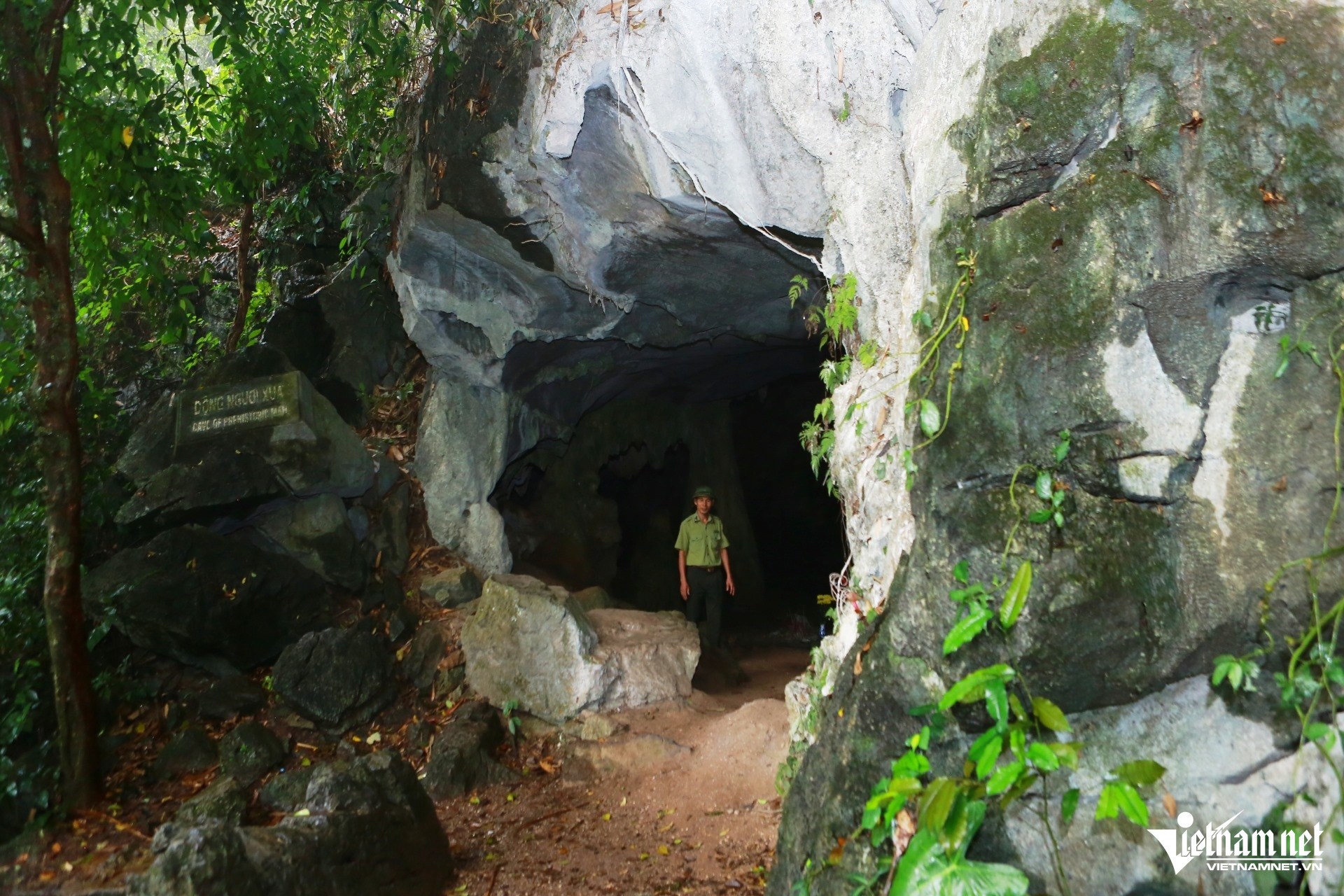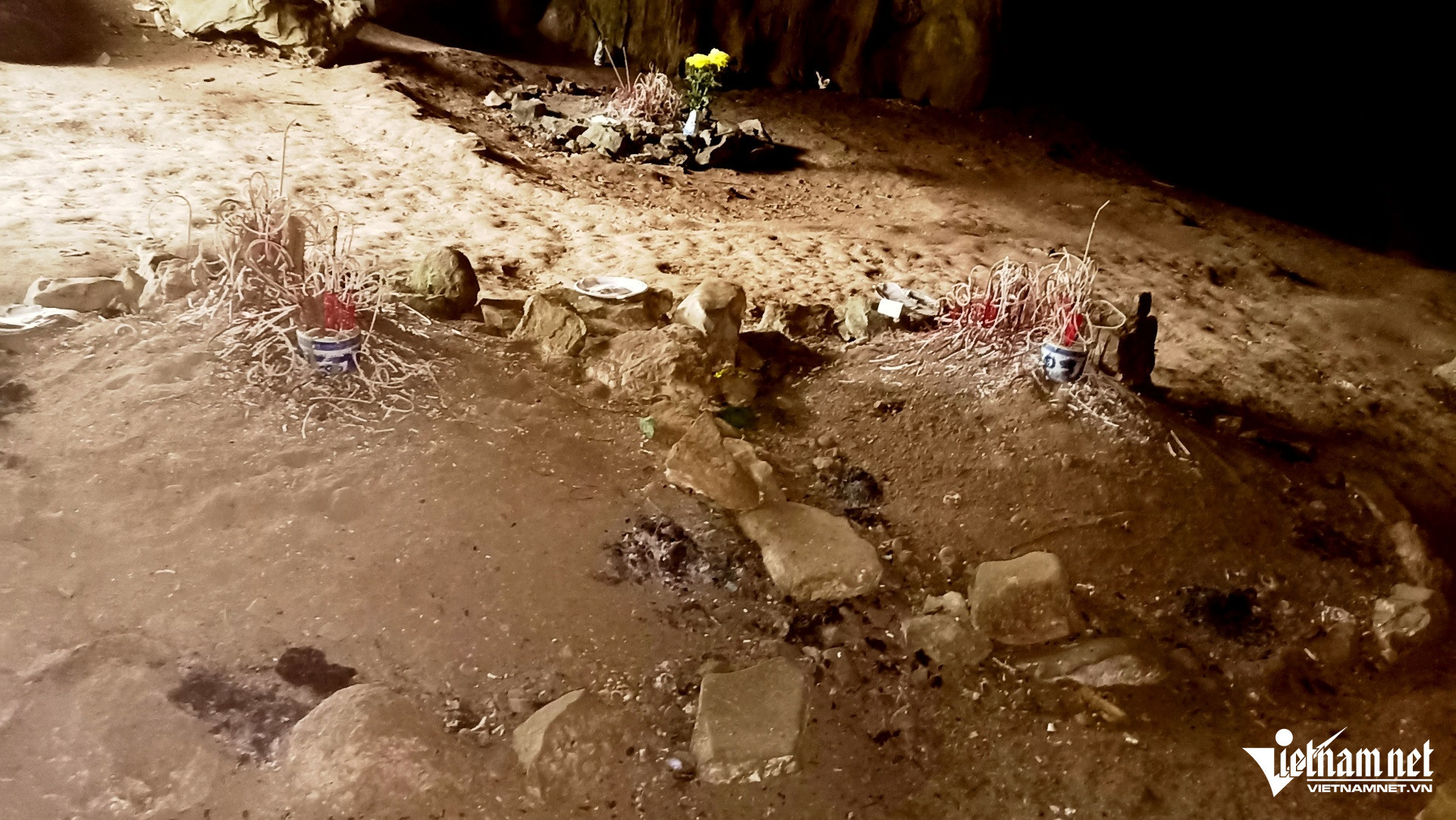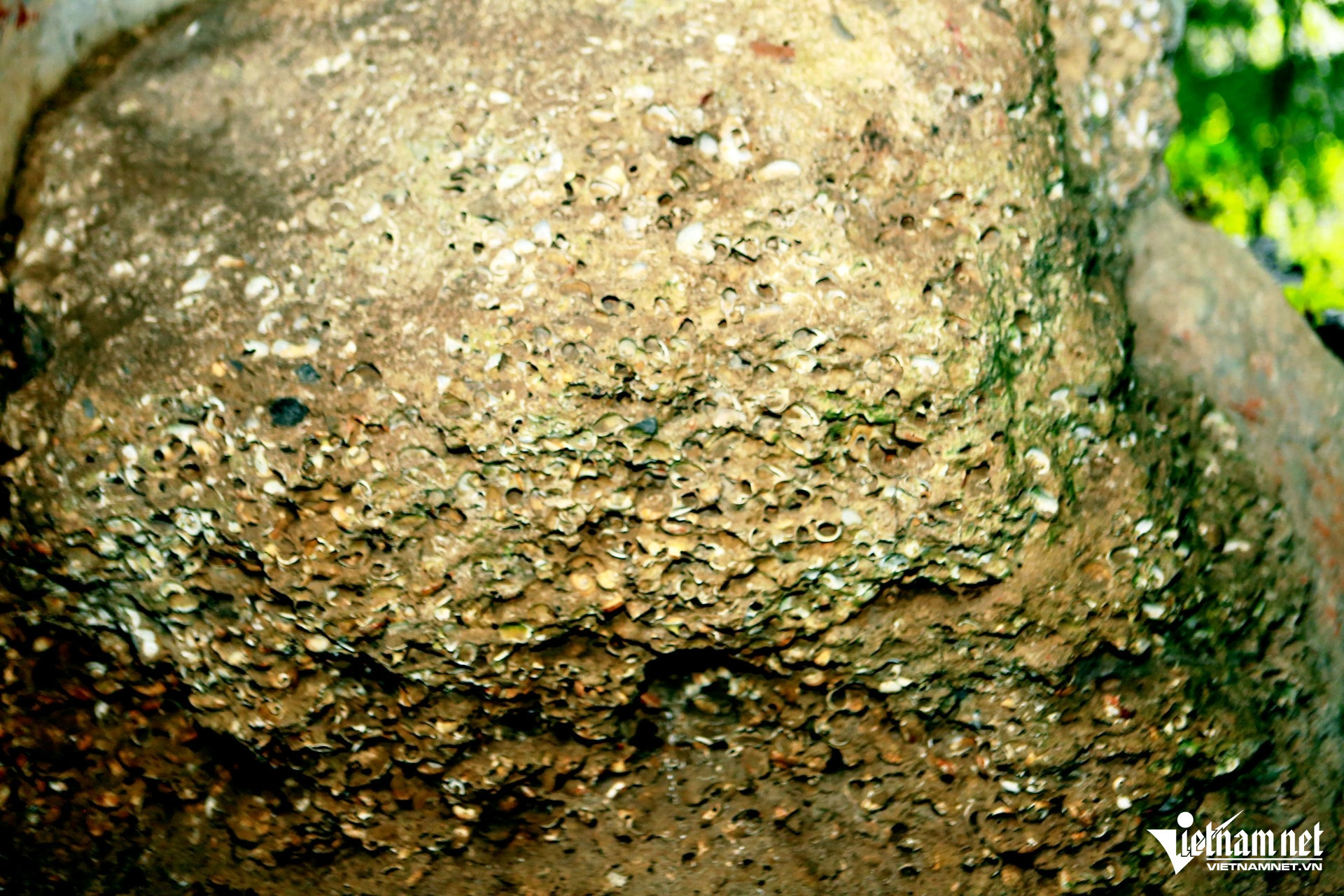Tran Nghi - Le Duong
This cave, known locally as Đắng (meaning bat) Cave due to the abundance of bats, holds a significant archaeological mystery with its ancient graves.

Pham Phu Cuong, an officer at Cuc Phuong National Park, shared that the cave was excavated by archaeologists who discovered three ancient graves containing three fossilized human skeletons. The bodies were buried in a fetal position.
The cave stretches approximately 300 meters and is divided into three sections, with the entrance facing southwest. The outermost section is spacious, bright, and airy, making it a suitable dwelling for prehistoric people. The middle section is narrow, dark, and damp, serving as a habitat for bats. The innermost section is dark and moist, adorned with beautiful stalactites.
From the forest edge, visitors must trek 4 kilometers, cross a 100-meter-long bridge, and climb over 200 stone steps to reach the cave entrance, which is about 10 meters wide and 20 meters high. Inside, the cave features stalactites that produce sounds resembling the gongs and drums of the Muong people when struck.
According to documents preserved by Cuc Phuong National Park, the cave was excavated in 1966 by the Vietnam Institute of Archaeology, in collaboration with Cuc Phuong National Park and German experts.
During the excavation, numerous artifacts such as stone axes, stone knives, bone points, shellfish, and animal bones were unearthed. Archaeologists concluded that prehistoric humans inhabited the cave for an extended period.
Notably, three ancient graves with fairly intact fossilized human skeletons were discovered, dating back approximately 7,500 years. The bodies were buried in a fetal position at depths ranging from 40cm to 140cm, surrounded by stone walls, with gravel at the base and sprinkled with ochre.
The graves in the cave represent a unique burial structure from the Hòa Bình culture, providing insights into early religious and spiritual beliefs. Archaeologists believe the bound bodies reflect a ritual of binding the dead before burial, likely due to fears of the spirits returning to harm the living.
Of the three unearthed skeletons, two are currently housed at the Vietnam Museum of Archaeology, while one remains preserved and displayed at the Cuc Phuong Museum.



